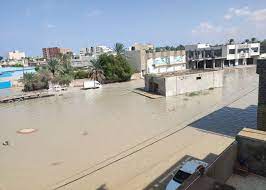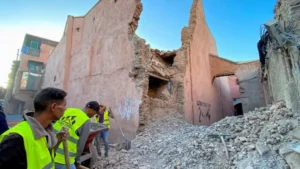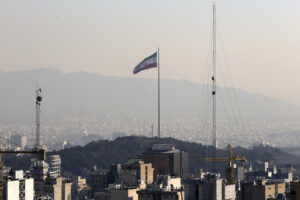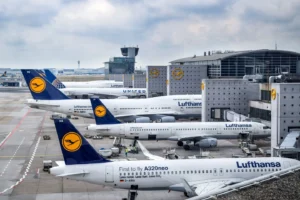Il Nagorno-Karabakh deserto rivela le conseguenze della fulminea sconfitta armena
4 min read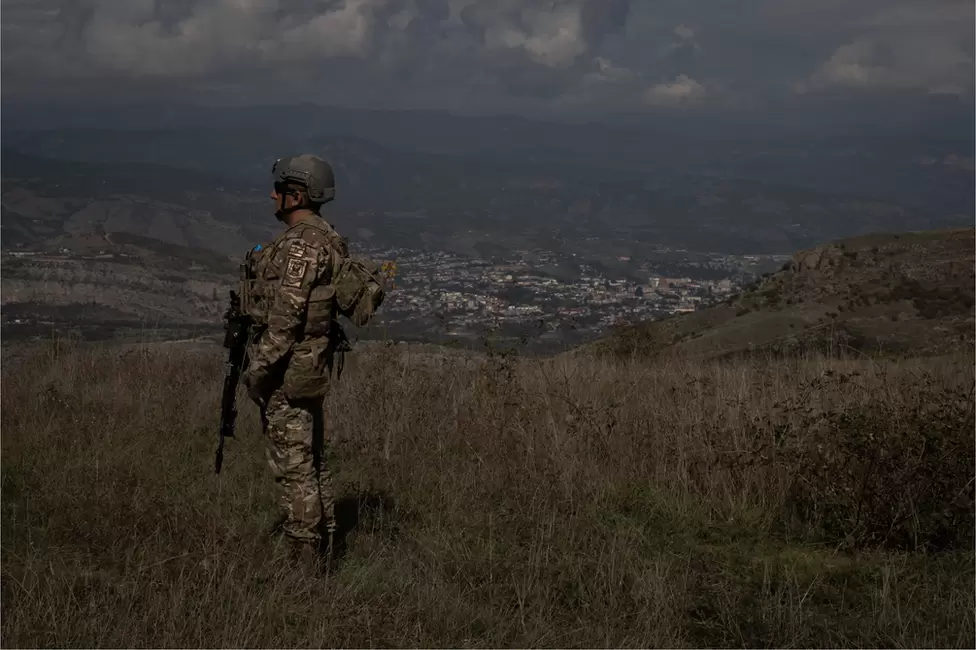
In un avamposto armeno sulle montagne del Nagorno-Karabakh, una pentola mezza piena era seduta accanto a un piatto di cibo mezzo mangiato. C’erano una mezza sigaretta fumata e mezzo panino.
In un altro avamposto più piccolo, lungo l’ex linea del fronte, un diario di bordo armeno era abbandonato nell’erba. La sua ultima annotazione era una nota superficiale che diceva: “Tutto è sotto controllo”.
I resti di questi avamposti testimoniano martedì la velocità con cui gli armeni avevano perso il controllo due settimane prima, durante una fulminea operazione militare da parte dell’Azerbaigian. Le forze azerbaigiane hanno conquistato la regione separatista in meno di 24 ore, tre decenni dopo un sanguinoso conflitto che l’aveva lasciata nelle mani degli armeni.
Secondo i funzionari, circa 200 soldati azeri hanno perso la vita nella battaglia e circa 500 sono rimasti feriti. Ma non si sa praticamente nulla su come, o dove, così tanti soldati azeri siano morti in un così breve lasso di tempo, e martedì, durante un tour mediatico strettamente controllato nella regione, i rappresentanti militari azeri non hanno fornito dettagli.
Un soldato che si è presentato come portavoce, ma ha rifiutato di fornire il suo nome o il suo grado, ha detto che gli azeri hanno ripreso questo tratto di linea del fronte con un misto di attacchi di artiglieria di precisione e fanteria, combattendo contro una forza armena irregolare in possesso di un veicolo blindato. e due carri armati, che usavano i cecchini per sparare contro gli azeri dalla loro posizione elevata.
Teams from the UN and Red Cross have been granted access to the regional capital, Khankendi, known by the Armenians as Stepanakert. But the BBC and other international media outlets were refused entry to the city, because the area is not yet secure, Azerbaijani officials said.
The few images that have emerged from Khankendi since the takeover show a ghost town, where possessions appear to have been abandoned in the streets as residents fled.
Nearly 120,000 Armenians, virtually the entire population, have now left Nagorno-Karabakh over the past two weeks. Along the Lachin corridor – the only route out of the region to Armenia – abandoned cars and possessions still litter the roadway, having broken down or run out of fuel in the miles-long queue to leave.
The Karabakh Armenians did not flee at gunpoint – there have been no confirmed reports of the exodus being prompted by the use of force against civilians.
“This was a limited, local, counter-terrorism action,” Hikmet Hajiyev, foreign policy adviser to the Azerbaijani president, told the BBC. Azerbaijan “had only targeted legitimate military targets,” he said, and avoided using heavy weapons like tanks in favour of light infantry.
Azerbaijan had also made it clear that they intended to peacefully reintegrate the civilian population, Hajiyev said, and the Karabakh Armenians who fled had “chosen freely” to leave.
But Armenian Prime Minister Nikol Pashinyan has accused the Azerbaijanis of ethnic cleansing, and others including the EU have condemned the Azerbaijani operation. For 10 months before its military action, Azerbaijan blockaded Nagorno-Karabakh, leaving the Armenian residents short of food, medicine and fuel.
And few have expressed surprise that the Karabakh Armenians would not want to be reintegrated into Azerbaijan, an autocratic state with which the Armenians have a long history of violent conflict.
“Ethnic cleansing does not need direct violence, just the threat of it,” said Thomas de Waal, a senior fellow at Carnegie Europe and expert on the region.
“In this case, hundreds of Armenian soldiers were killed and the Azerbaijani army arrived and that was enough for the entire local population to flee,” he said. “They didn’t want to wait and see what would happen to them.”
Ordinary civilians on both sides fled during every phase of the conflict in the 1990s as soon as opposing soldiers arrived, he pointed out – driven by at least 100 years of distrust, even hatred, between the two populations. Azerbaijani children are taught in schools about a massacre carried out by the Armenians in 1993.
In the most recent clash, a 44-day war in 2020, about 7,000 military and 170 civilians were killed and many more wounded, ending in a Russian-brokered peace agreement that returned seven districts to Azerbaijan but left a key part of the region under Armenian control.
That clash was followed by a fervour of national celebration in Azerbaijan that was largely absent following the recent operation. Among the few fresh signs of a military clash, driving through the region this week, were the names of the military dead being read on local radio stations.
The recapture of the rest of Karabakh to Azerbaijani control was “more of a feeling of relief,” said Zaur Mammadov, a telecoms engineer working in the city of Shusha. The 38-year-old had fled his home in Karabakh in 1993, at the age of nine, when the Armenians entered and pushed the Azerbaijanis out.
After the 2020 war, Mr Mammadov returned to his childhood home, which was still standing and had been inhabited by Armenian soldiers in the intervening years, he said. He is now hoping to purchase a nicer house in one of the new Azerbaijani settlements in the region.
“We waited 30 years for this moment,” he said. “Now it is here.”


